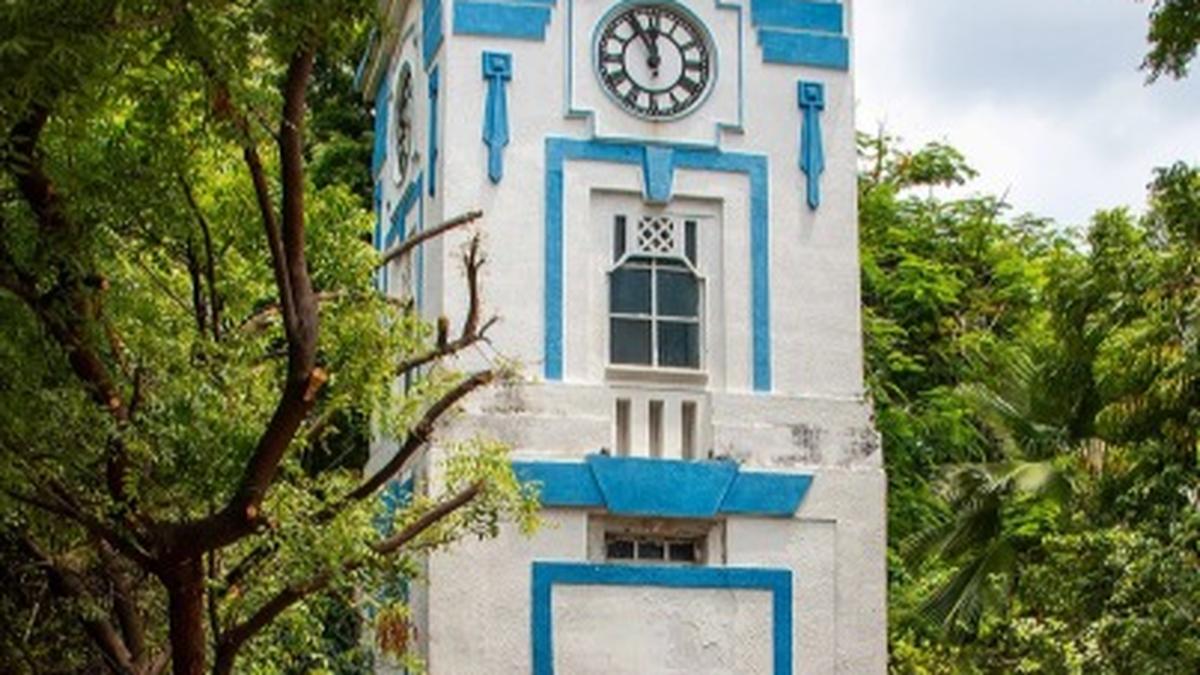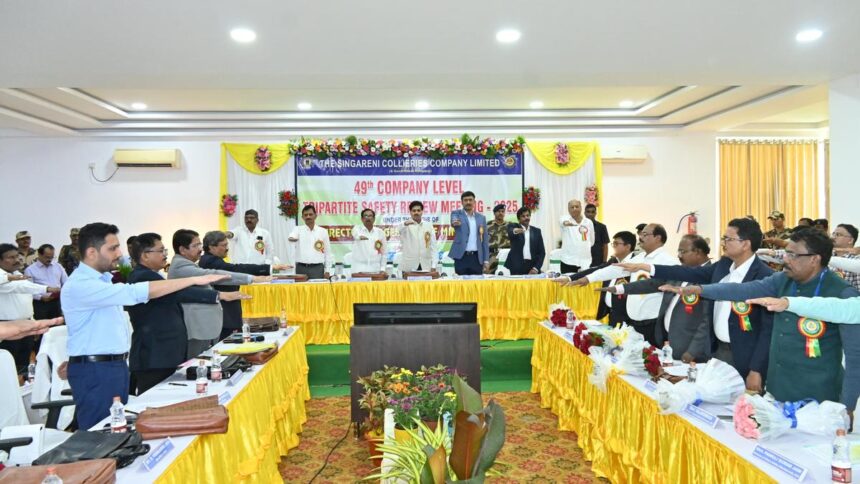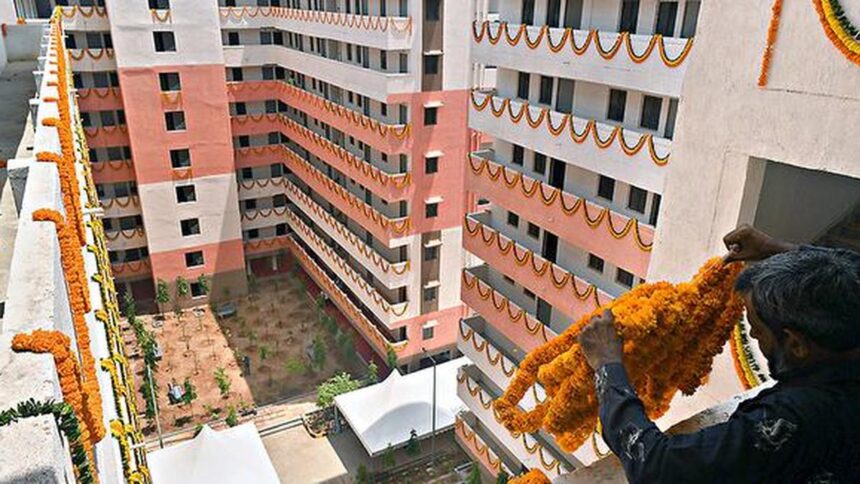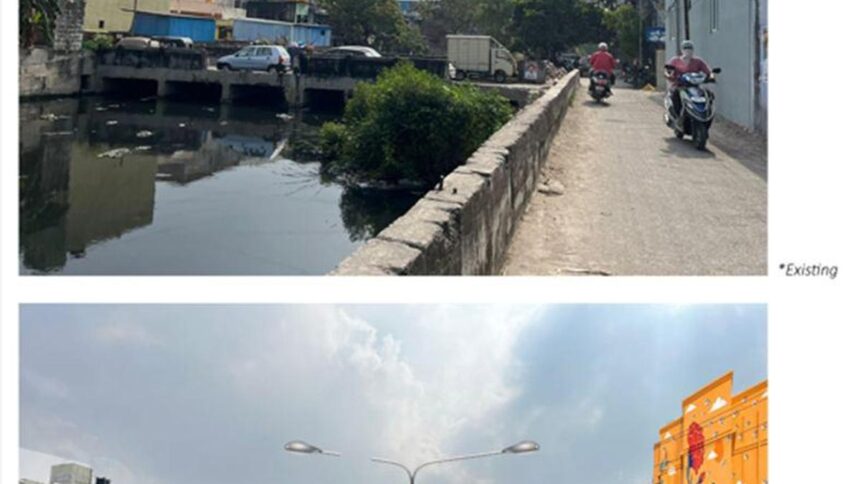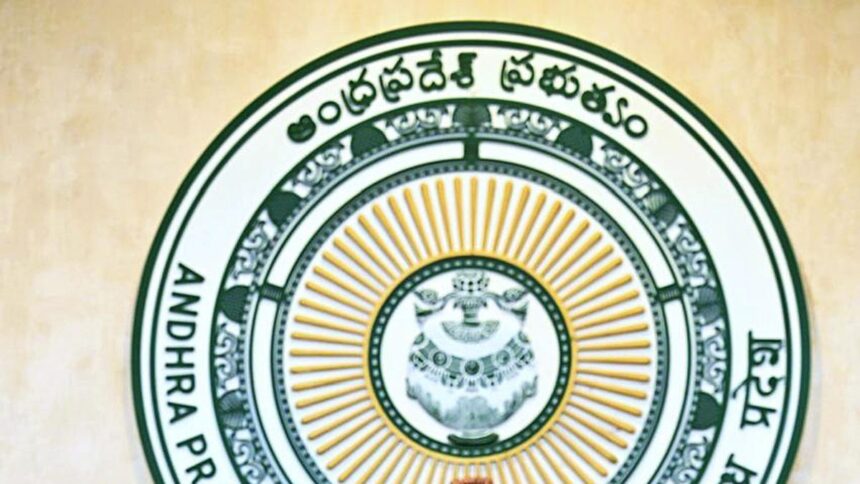
The Doveton Clock Tower
| Photo Credit: Surya Kumar
Of late, I have been researching the history of public clocks and clock towers in Chennai. And while I managed to gather material on most, the one that I consistently drew a blank on was the Doveton Clock Tower. Most sources on the internet have it that this was the first clock tower of the city (which is correct) but have given it a date of early 1900s, connecting it in one instance with the inauguration of Ripon Buildings. And as usual it was Karthik Bhatt who drew my attention as to why we may be off by a few decades.
“Look at how it is such an example of Art Deco,” he said. “And if the first in that style in our city is the Oriental Insurance Building on Armenian Street dating to 1936 then this must have been constructed around that time and not earlier.” I wondered as to why this never had occurred to me before. Maybe you need to be a Gujarati chartered accountant whose family has settled in Tamil Nadu for over 300 years to think that way.
Armed with that piece of irrefutable logic, I searched further and came up with some interesting information. The clock tower may have Doveton prefixed to it now but around 50 years ago, it was known as the Vepery Clock Tower, standing as it does on a triangle formed by Purasawalkam High Road and Jeremiah Road. The latter thoroughfare becomes Vepery Church Road and that was where Rao Saheb MC Madurai Pillai (1880-1934) lived. In fact, the triangular park on which the clock tower stands was very likely his land.
Madurai Pillai made his fortune supplying manpower to the Kolar Gold Fields and was considered a leader of his community that had a large resident population in that mining town. A staunch Vaishnavite, he did much for temples in South India. He also worked for the uplift of members of his community and began schools in Kolar. The magazine Dravidian too was funded by him. In politics he owed affiliation to the Justice Party and also extended support to the Dalit leader, Rettamalai Srinivasan. His interest in civic matters saw him becoming a councilor of the Madras Corporation where he seems to have interested himself in his favourite topic – education.
The triangular piece of land on which the clock tower now stands begins appearing in Corporation street records from the mid 1930s. In these, it is referred to as MC Madurai Pillai Garden Park though there is no mention of the clock tower itself. But from the fact that Sylvan, a hotel run by Madurai Pillai, was close by, we can assume that this land was donated either by him, or in his memory by his descendants, after his passing. And the clock tower seems to have then come up on it.
Surprisingly, there is no record of the clock tower either at site or in Corporation records. The absence of any commemorative plaque or a foundation stone only adds to the mystery. It may well have been a private initiative that was later made over to the Corporation. Of course, standing proud with letters of gold are recent refurbishment plaques which somehow seem to have conveniently bypassed the memory of Madurai Pillai himself! The park too does not remember him by name. And no restoration seems to have paid any attention to the clock itself, which stopped working quite a while ago. We need to be thankful that the structure is still standing.
(V. Sriram is a writer and historian)
Published – July 23, 2025 06:00 am IST








